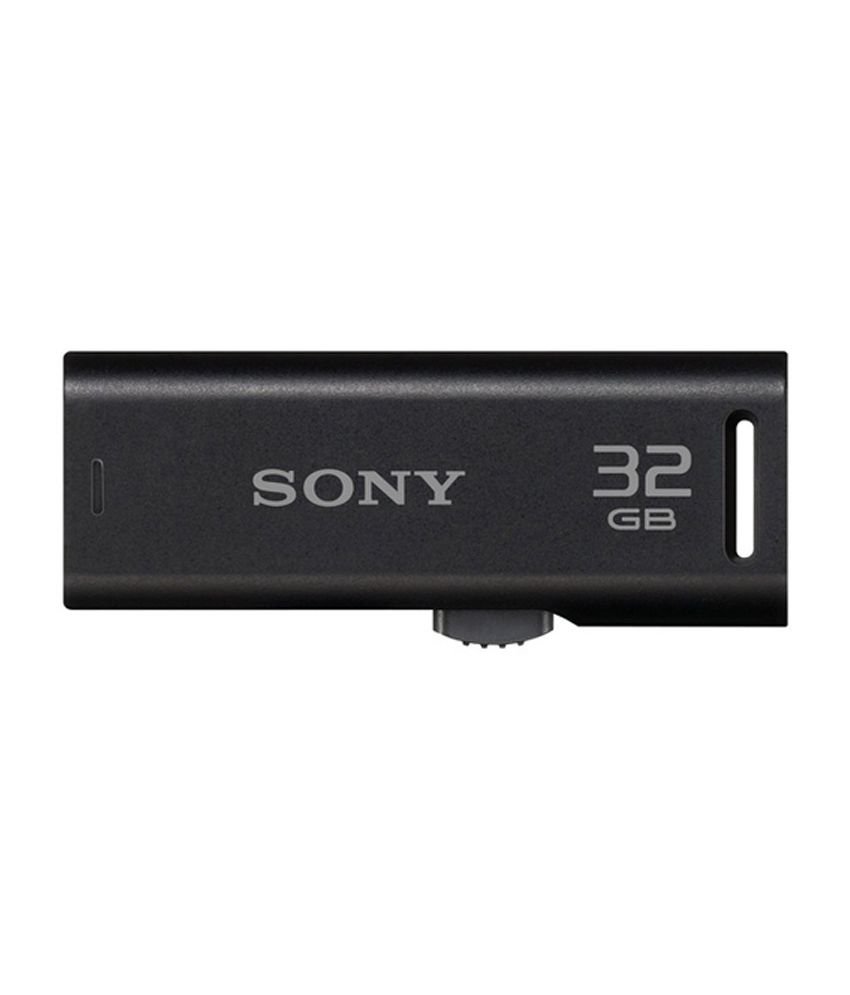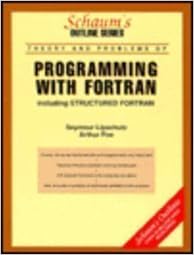
Diagram Studio is a powerful tool that can be used as a wiring diagram software though it comes with the ability to handle other forms of diagrams such as process and software flowcharts. The tool is effective and offers plenty of tools to ensure that you get the job done. A unique PC-based software product supporting systematic selection of materials for. Selector (CES) approach developed by Professor Mike Ashby at Cambridge. Create highly visual, interactive materials property charts that enable you to.
This article or section contains. The purpose of Wikipedia is to present facts, not to teach subject matter. Please help improve this article by removing or rewriting the how-to content, which may qualify for a move to Wikibooks. An important aspect of design for mechanical, electrical, thermal, chemical or other application is selection of the best material or materials. Systematic selection of the best material for a given application begins with and costs of candidate materials. For example, a thermal blanket must have poor in order to minimize heat transfer for a given temperature difference.
Sometimes, you may unintentionally delete them. It is indeed very frustrating when you come to know that your important project files, office documents, movie files, holiday photos, graduation pictures etc. Things can get worse if your Sony flash drive doesn’t show complete stored data. Which were preserved on your Sony USB flash drive are missing! 
Schaums outline of programming with fortran 77 schaums outlines Download Schaums Outline Of Programming With Fortran 77 Schaums Outlines ebook PDF or Read Online books in PDF, EPUB, and Mobi Format. Click Download or Read Online button to SCHAUMS OUTLINE OF PROGRAMMING WITH FORTRAN 77 SCHAUMS OUTLINES book pdf for free now. Buy Schaum's Outline of Programming With Fortran 77 (Schaum's Outlines): Read 9 Kindle Store Reviews - Amazon.com. Schaum's is the key to faster learning and higher grades in every subject. Each Outline presents all the essential course information in an easy-to-follow, topic-by-topic format. 
Systematic selection for applications requiring multiple criteria is more complex. For example, a rod which should be stiff and light requires a material with high and low. If the rod will be pulled in tension, the, or modulus divided by density E / ρ, will determine the best material. But because a plate's bending stiffness scales as its thickness cubed, the best material for a stiff and light plate is determined by the cube root of stiffness divided density. Ashby plots An Ashby plot, named for Michael Ashby of Cambridge University, is a scatter plot which displays two or more properties of many materials or classes of materials.
An Ashby plot useful for the example of the stiff, light part discussed above would have Young's modulus on one axis and density on the other axis, with one data point on the graph for each candidate material. On such a plot, it is easy to find not only the material with the highest stiffness, or that with the lowest density, but that with the best ratio E / ρ. Using a log scale on both axes facilitates selection of the material with the best plate stiffness. The first Ashby plot on the right shows density and Young's modulus, without a log scale.
Metals are represented by blue squares, ceramics by green, and polymers by red. It was generated by the Material Grapher. The second plot shows the same materials attributes for a database of approx 100 materials.

Materials families (polymers, foams, metals, etc.) are identified by the larger colored bubbles. The is image is created using Prof Mike Ashby's own CES Selector software and data from Granta Design. Cost issues Cost of materials plays a very significant role in their selection. The most straightforward way to weight cost against properties is to develop a monetary metric for properties of parts. For example, life cycle assessment can show that the net present value of reducing the weight of a car by 1 kg averages around $5, so material substitution which reduces the weight of a car can cost up to $5 per kilogram of weight reduction more than the original material. [ citation needed] However, the geography- and time-dependence of energy, maintenance and other operating costs, and variation in discount rates and usage patterns (distance driven per year in this example) between individuals, means that there is no single correct number for this.
For commercial aircraft, this number is closer to $450/kg, and for spacecraft, launch costs around $20,000/kg dominate selection decisions. [ citation needed] Thus as energy prices have increased and technology has improved, automobiles have substituted increasing amounts of light weight and for, aircraft are substituting carbon fiber reinforced plastic and for aluminium, and satellites have long been made out of exotic composite materials. Of course, cost per kg is not the only important factor in material selection.